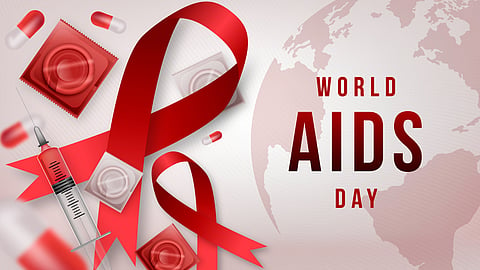Pneumocystis pneumonia first occurred in five homosexual men, and later other unusual infections presented themselves. They developed abnormal ratios of lymphocytes and were actively shedding cytomegalovirus (a virus that causes damage to the organs in people with weak immune systems). Soon, a basic outline of the epidemic was established.
The disease was first identified in homosexual men, later in injection-drug users, and transfusion recipients, including those with hemophilia, infants, female sexual contacts of infected men, prisoners, and Africans. Opportunistic complications that developed were mycobacterial infections, toxoplasmosis, invasive fungal infections, Kaposi's sarcoma, and non-Hodgkin's lymphoma.
Numerous theories regarding the cause of AIDS were forwarded. But none stood the test of time. Finally, the viral cause was accepted. Heterosexual contact was disregarded instead, spread among Haitians was thought to be a voodoo practice.


